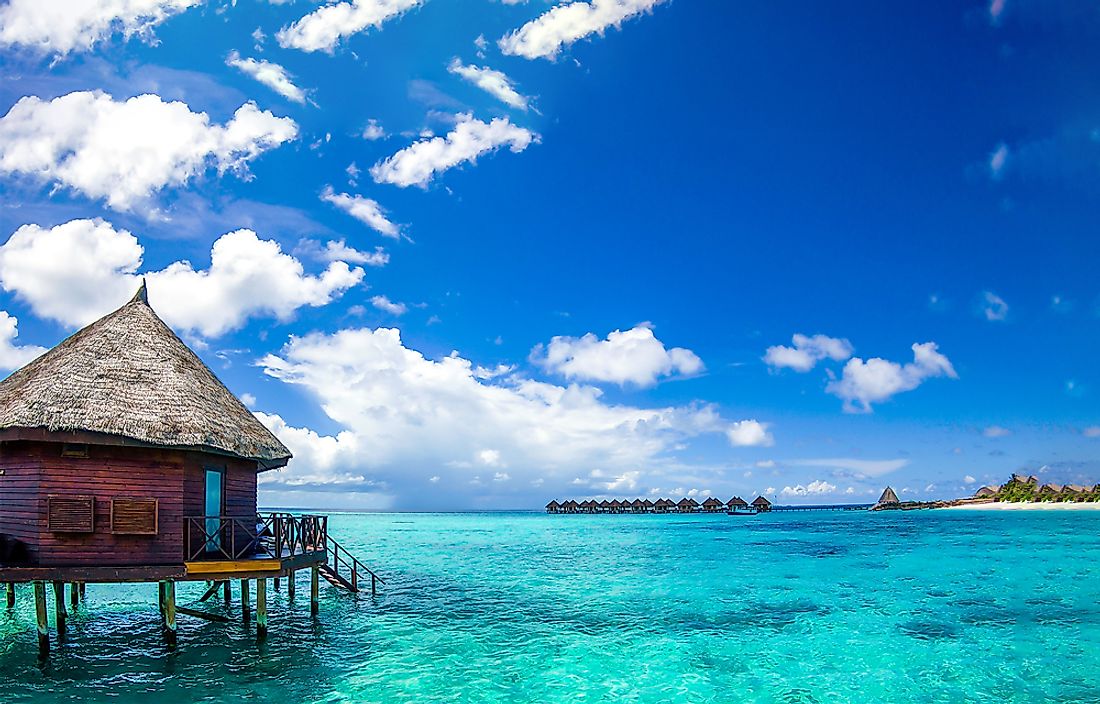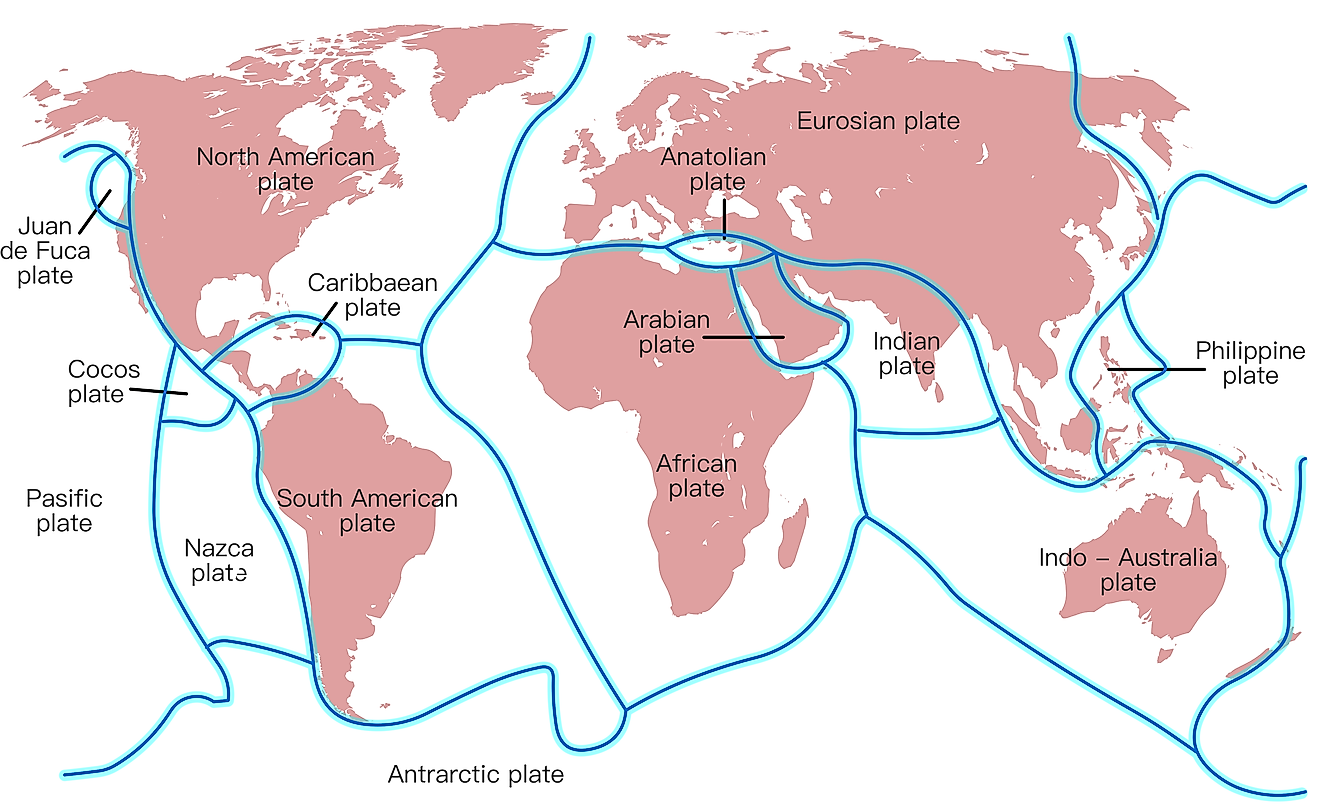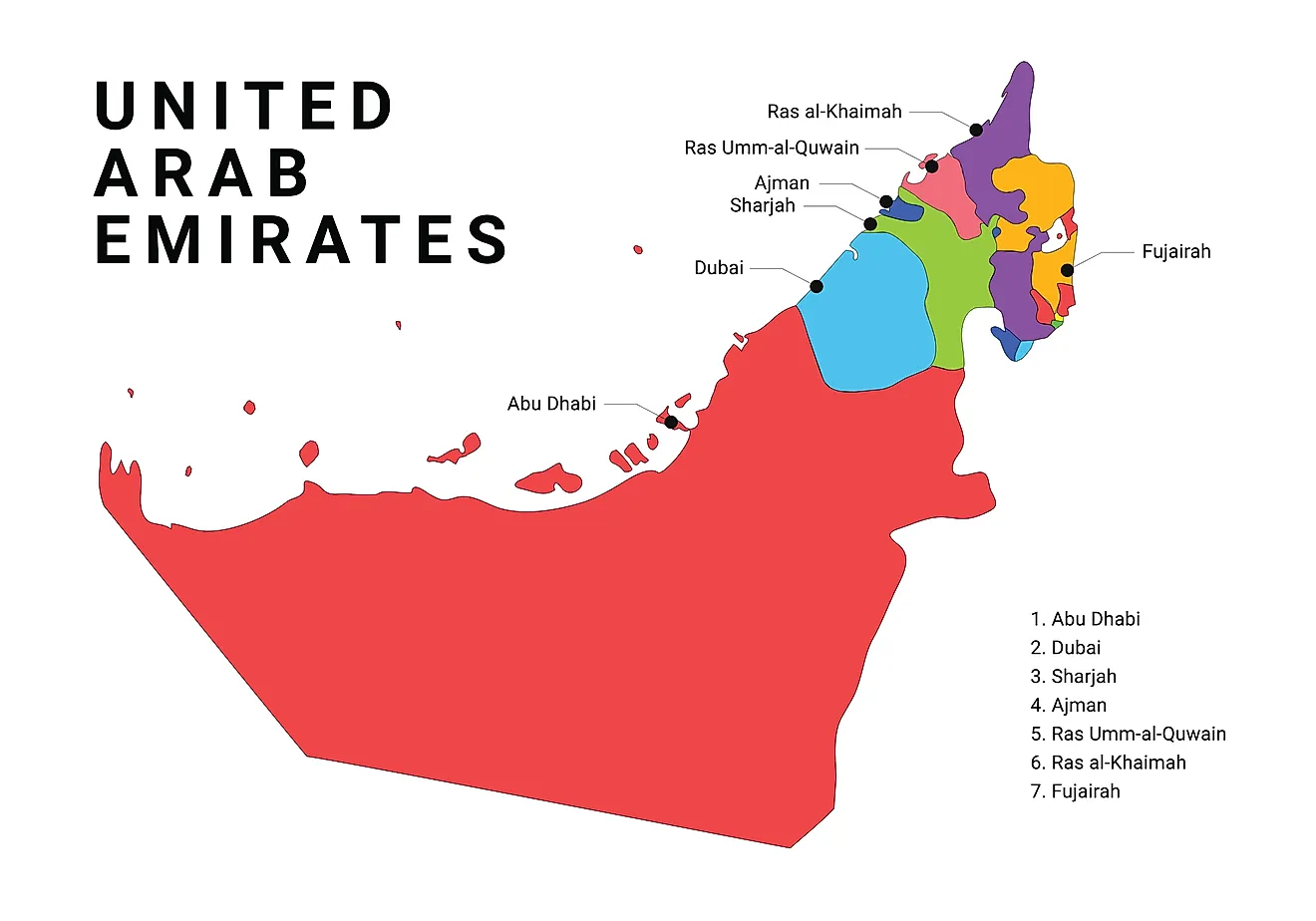Iron Curtain
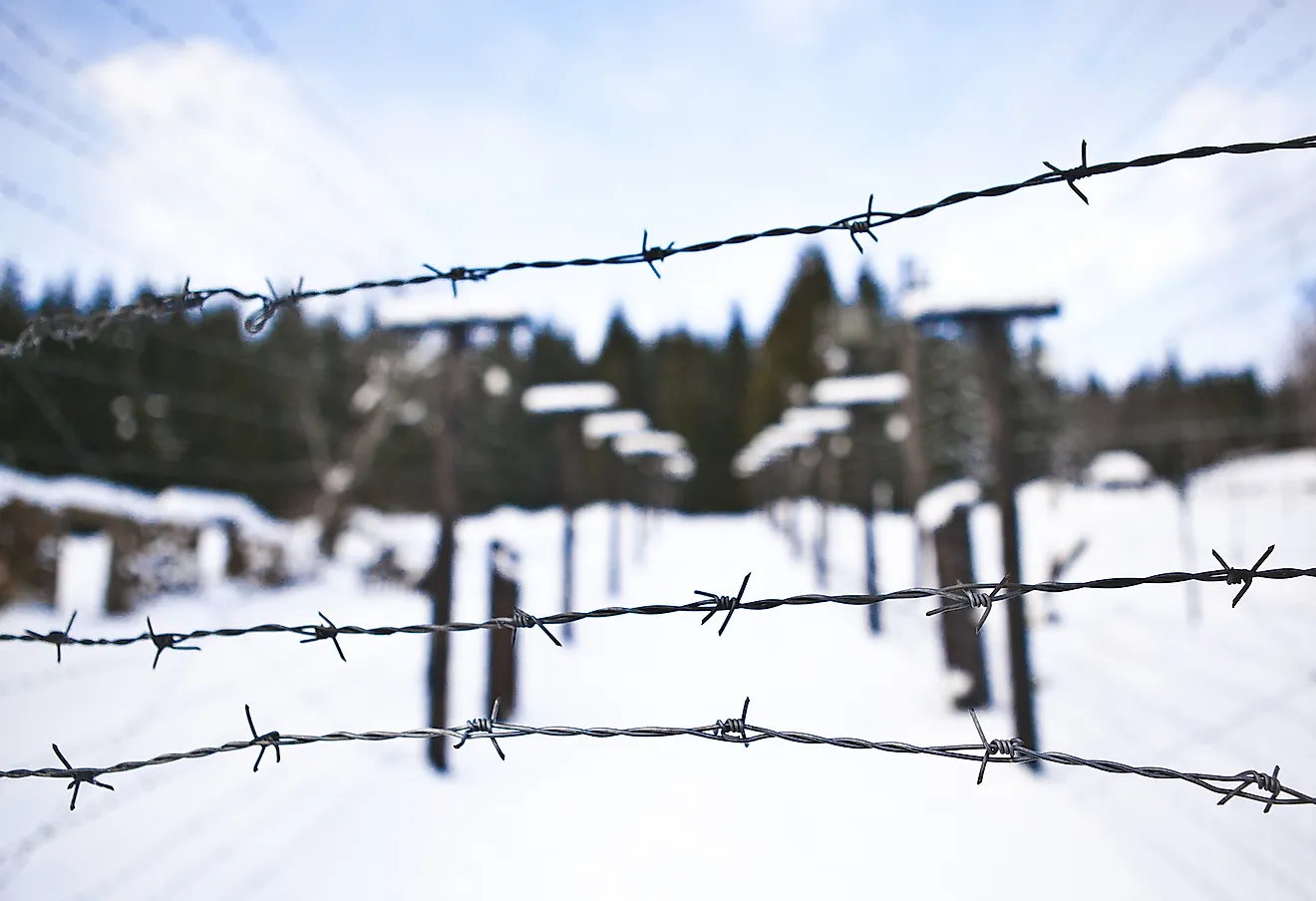
- The Iron Curtain was the term used to describe the division between the capitalist, democratic countries of Western Europe and the communist states of Eastern Europe and the Soviet Union.
- The distrust between the West and the communist regime of the USSR began when the former supported the latter’s enemies during the Russian Civil War.
- The Soviet Union supported the communist takeover of countries in Eastern and Central Europe following World War II.
- People on the eastern side of the Iron Curtain endured routine hardships that included shortages of basic goods and substandard housing.
- The Iron Curtain came to an end with the fall of the Berlin Wall in 1989 and the subsequent collapse of the Soviet Union two years later.
The term, “Iron Curtain”, was first used by British Prime Minister Winston Churchill to describe the post-World War II divide between the capitalist, democratic countries of Western Europe and the communist countries of Eastern Europe and the Soviet Union. On the eastern side of this Iron Curtain, most people lived an existence that was arguably much harsher than that of most people in the West. The Iron Curtain that divided Europe between East and West would endure for more than 40 years, until it finally came to an end with the fall of the Berlin Wall and the collapse of the USSR shortly thereafter
Historical Background
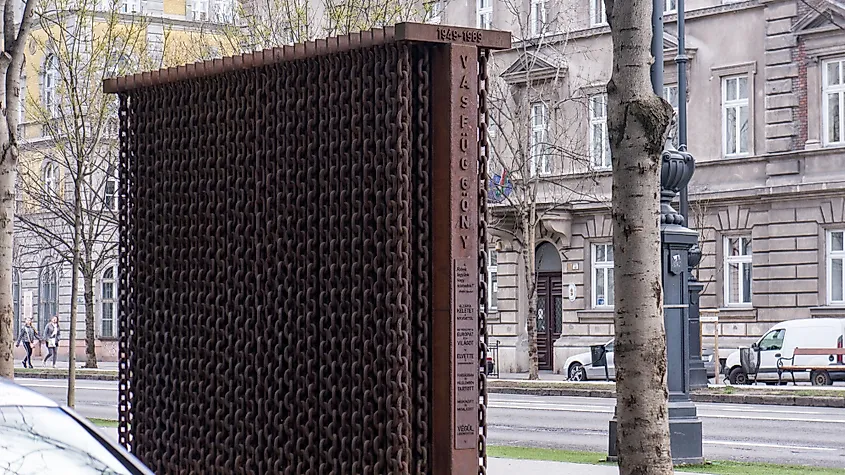
The origins of the Iron Curtain go all the way back to 1917, when the communist Bolshevik movement seized power in Russia. A civil war ensued shortly thereafter, between the Bolshevik Red Army and the anti-Bolsheviks, also known as the White Army. The White Army had help from the West. In fact, troops from Western countries were sometimes directly involved in the fighting. Despite aid from the West, however, the White Army lost the war and communist control of Russia was cemented. Thus, relations between the West and the communist regime in Russia were frosty from the beginning, as the communists remembered that the West supported their enemies.
Nevertheless, the Western powers eventually gave diplomatic recognition to the Soviet Union after it was formally created in 1922, with the union of Russia, Ukraine, Belarus, Armenia, Georgia, and Azerbaijan. They also joined forces with the Soviets to defeat Nazi Germany in WWII. The aftermath of WWII saw the Soviets occupy most of Eastern and Central Europe. Their support allowed communist governments to take over the countries in that region. These new communist regimes effectively made most of the countries of Eastern Europe satellite states of the USSR. Against the backdrop of this Soviet takeover, British Prime Minister Winston Churchill, in a speech he gave at Westminster College in Fulton, Michigan, declared, “From Stettin in the Baltic to Trieste in the Adriatic, an iron curtain has descended across the continent.” In the same speech, he accused the USSR of being expansionist, and called for the West to deal with the Soviets with strength.
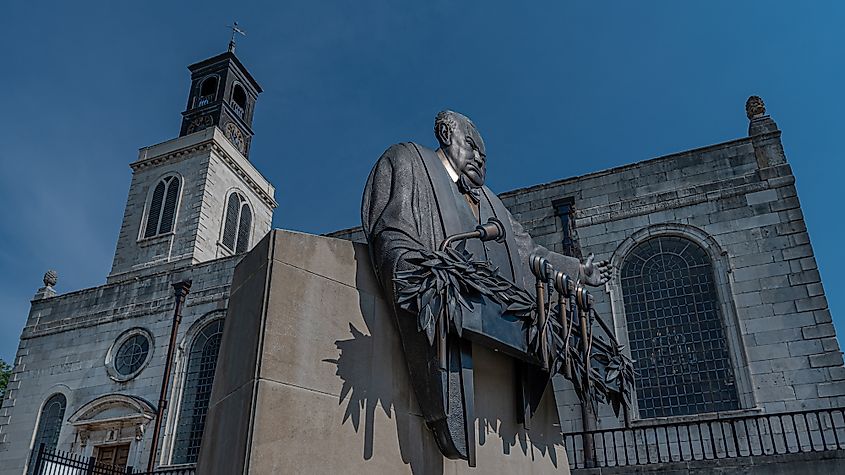
Soviet leader Joseph Stalin responded to Churchill’s speech by accusing him of warmongering. In August of 1946, Andrei Zhdanov, Stalin’s chief propagandist, accused the Western powers of being the ones that put up the iron curtain to prevent the people of the West from seeing the true, just nature of the Soviet Union and communism. The emergence of the term, “iron curtain”, and the war of words between Western and Soviet leaders marked the beginning of the Cold War.
Life Behind The Iron Curtain
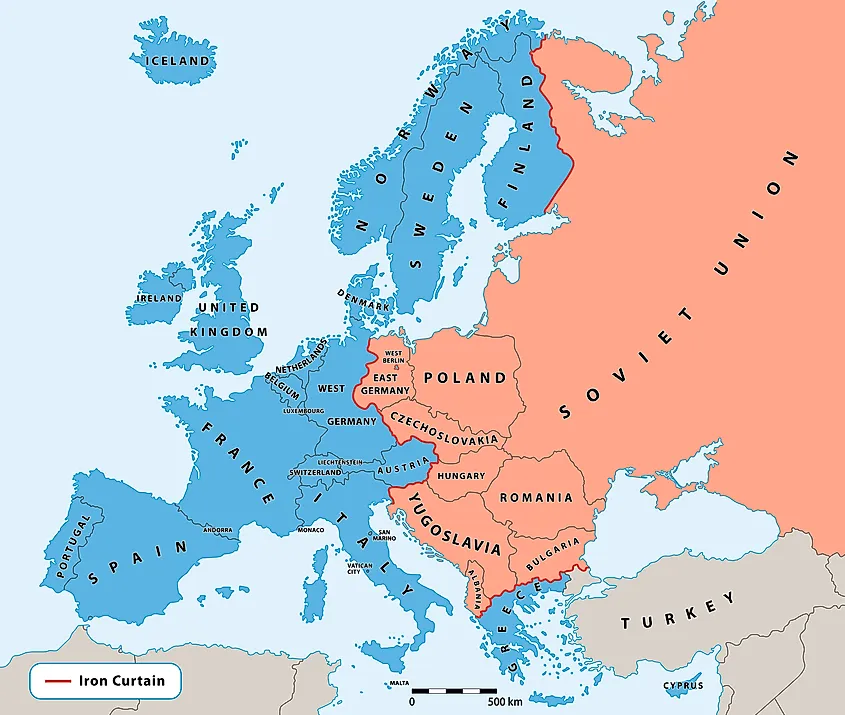
Iron Curtain dividing Europe politically.
The average citizen living behind the eastern side of the Iron Curtain, within communist Eastern Europe and the Soviet Union, lived a very different life than the average citizen in the West. One aspect of ordinary people’s lives in the communist states was dealing with shortages of basic goods. Everything from meat to hygiene products was always in short supply. Many people in the communist states spent hours either waiting in line to purchase goods like meat and potatoes, or searching for places where they could buy basic goods. Few people could afford to purchase luxury goods, like automobiles.
Other essentials such as housing, education, and healthcare were routinely offered by the communist states at little to no cost. Nevertheless, housing for many people was hardly ideal. Many average citizens in Eastern Europe and the USSR lived in large, prefabricated, high-rise buildings with communal apartments in which privacy was almost non-existent. Sometimes, two or three families would share one small room. Moreover, some people in the communist states lacked reliable plumbing or electricity. Even clean tap water was not available to everyone. In fact, in some cases, the water pollution was so toxic that drinking from the tap could be deadly. Air pollution was also very prevalent as coal was widely used to heat homes and power industrial plants. Thus, even breathing in the communist countries of Eastern Europe and the USSR could be dangerous.
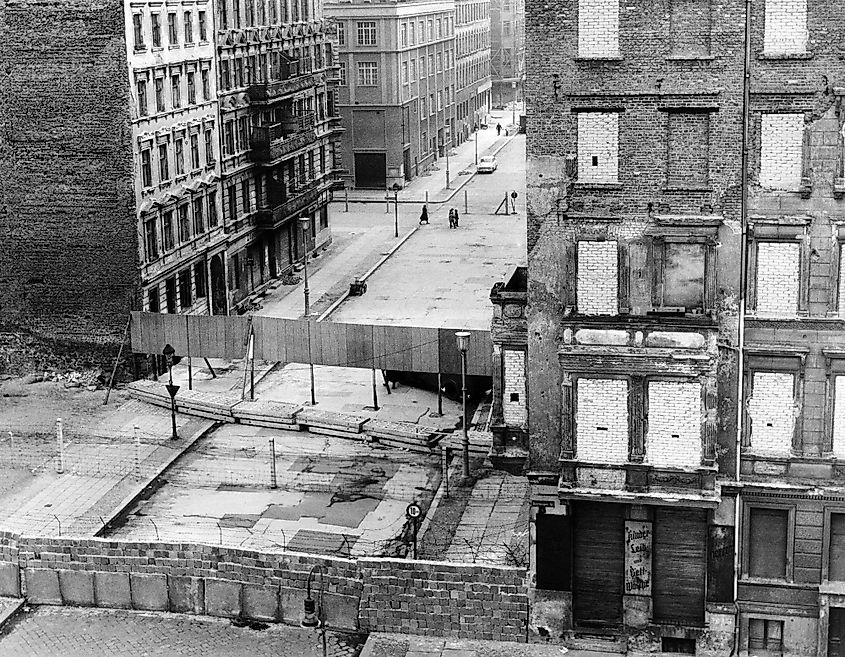
Also, inasmuch as communism was supposed to bring socioeconomic gaps in society to an end, it did just the opposite on the eastern side of the Iron Curtain. For instance, those who were members of the Communist Party were entitled to special privileges. They could shop in special stores, where goods that were unavailable to average citizens were sold. They also had access to special medical facilities, restaurants, and vacations. But only a tiny minority of people belonged to each country’s communist party. Hence, the communist countries of Eastern Europe and the USSR did have the kind of class system that was supposedly not part of their communist ideology.
The vast majority of people on the eastern side of the Iron Curtain had to endure daily hardships. They also had to endure endless propaganda about the supposed virtues of communism. Children in schools were fed a daily diet of communist ideological education. For the rest of the general population, listening to the radio or watching TV, if one had the luxury of being able to afford either, meant being exposed to state-sponsored propaganda and opinions that reinforced the views of the Communist Party. Western media was not entirely inaccessible, but it was very hard to come by.
Fall Of The Iron Curtain
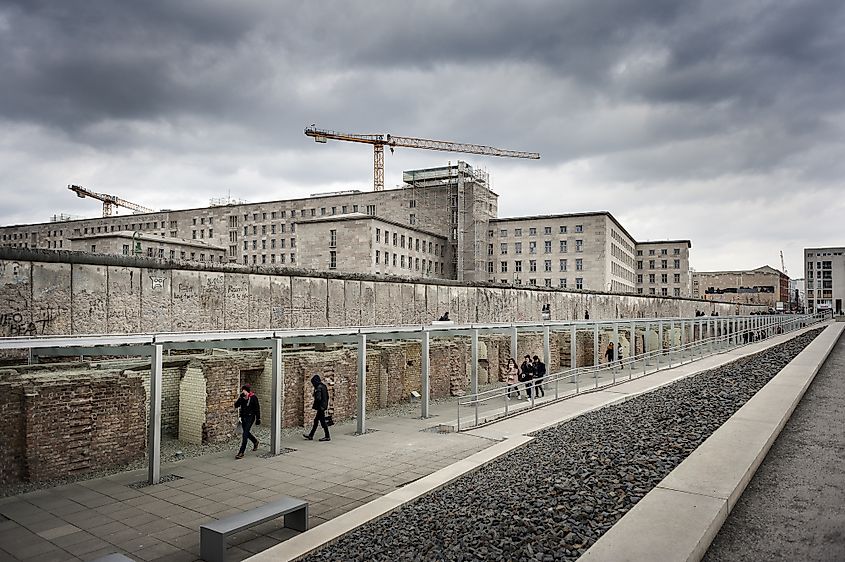
The symbolic fall of the Iron Curtain came on November 9, 1989, when the Berlin Wall dividing communist East Berlin from West Berlin was pulled down. The fall of the Berlin Wall, however, was preceded by many other developments that led to the fall of the Iron Curtain.
Earlier in 1989, for example, the communist regimes in Poland and Hungary came to an end. There were also important developments that occurred before 1989, which helped bring about the fall of the Iron Curtain. The new policies of Glasnost and Perestroika in the Soviet Union, for example, were crucial in creating the climate in which communism would eventually come to an end. Even after 1989, there were still vestiges of the Iron Curtain. Indeed, it would be another two years after the fall of the Berlin Wall before the USSR would collapse.









